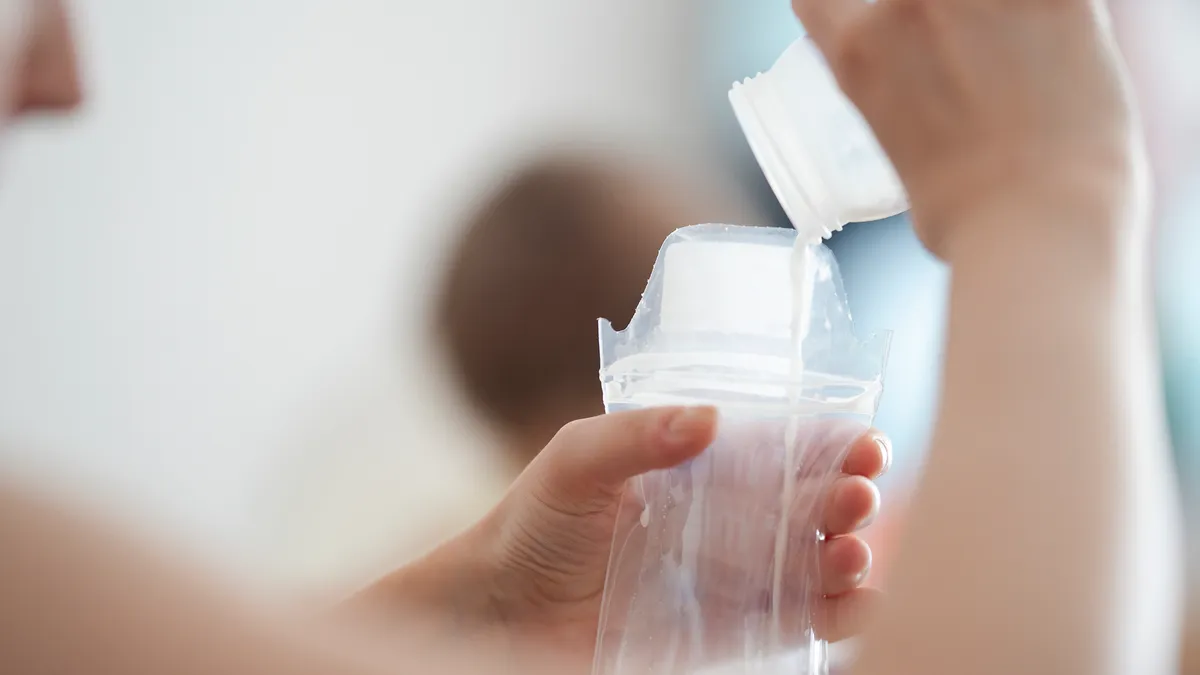Even workers who are exempt from many of the Fair Labor Standards Act’s protections may be entitled to protections for nursing employees under the Providing Urgent Maternal Protections for Nursing Mothers Act, or PUMP Act, Susana Sanchez, a wage-and-hour investigator for the U.S. Department of Labor, said in a recent webinar.
This is a notable expansion of federal law: Until recent months, only nonexempt workers were entitled to time and space to pump. The PUMP Act, passed last year, expanded those protections to many more workers covered by the FLSA — including employees exempt from the law’s minimum wage and overtime protections.
Employees are covered by the FLSA if they are employed by a business that has annual sales of at least $500,000. They also may be covered if they are engaged in the operation of a hospital, residential medical or nursing care facilities, schools, preschools or public agencies.
But even if an employer is not covered, individual employees may be qualified if they are engaged in interstate commerce, in the production of goods for interstate commerce or in any closely-related process or occupation directly essential to such production, Sanchez said.
For example, a manager for a multi-state chain of fast food restaurants who is exempt from the FLSA’s overtime pay requirements is nonetheless entitled to break time and space to pump at work for up to one year after the birth of her child, Sanchez said.
“An employer may not deny a covered employee a needed break to pump,” she said.
Factors that may affect the frequency and duration of pumping breaks include those relating to the nursing employee and the child, the location of a provided pumping space and elements such as pump setup. Those who work remotely are able to take breaks to pump just as they would be able to on-site.
The webinar marked one of several DOL outreach efforts related to the PUMP Act in the past year. Since the law took effect Dec. 29, 2022, the agency published updated workplace posters, began programming an awareness campaign and specifically reached out to teachers, farmworkers and care workers.
Employers have also faced lawsuits alleging violations of the law. Employees of the U.S. Postal Service sued the organization in June claiming that they were forced to express breast milk in unsanitary, uncomfortable and public places without reasonable time to pump. Months later, Dollar General employees filed a collective-action suit alleging similar violations by the retailer.
Sanchez noted that while pump breaks are not considered hours worked under the FLSA, this is only the case if the employee is completely relieved from duty during such breaks. If an hourly worker attends a staff meeting virtually while pumping, for example, the worker must be paid for that time because the meeting attendance counts as work, Sanchez said.
Also, if the employer provides paid break time and an employee uses that time to pump, the employee must be compensated in the same way that other employees are compensated for this time. Federal, state or local regulations also may impact this calculus.
Pumping spaces must be shielded from view, free from the intrusion of co-workers and the public and usable for the purpose of expressing breast milk.
“Under the FLSA, a bathroom, even if it is private, is not a permissible location for the employer to provide that space for the pumping of breast milk,” Sanchez said. “If the space is not dedicated to the nursing employee’s use, it must be made available when needed by the employee.”
Compliance also means employers must ensure that employees are not intruded upon while pumping, Sanchez continued. They can ensure this by displaying a sign when the space is in use, or by providing a door with a lock. Employees who telework must be free from observation, including by any employer-provided or required video systems.
Some employers, especially those in industries where work on outdoor job sites is common, have turned to outdoor lactation pods to meet the law’s space requirements.













